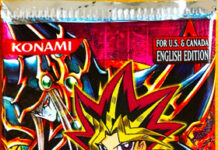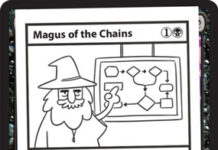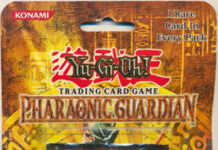Zelda: Tears of the Kingdom review
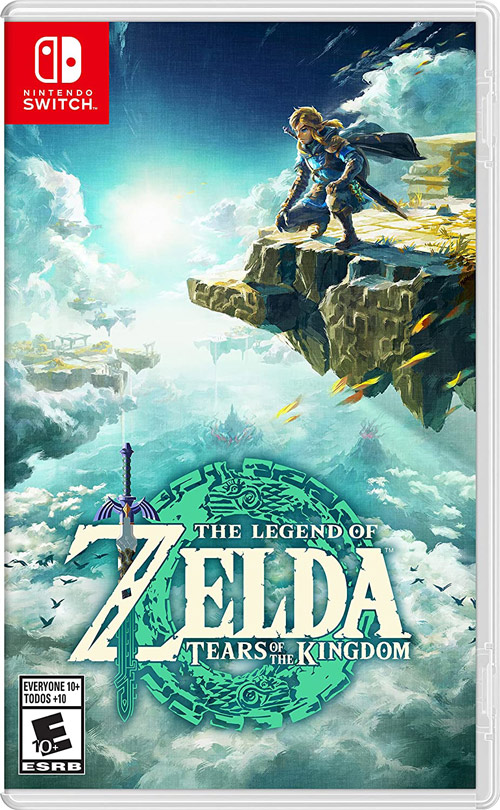
The Legend of Zelda: Tears of the Kingdom – Nintendo Switch
Breath of the Wild (2017) was the Zelda game that broke many of the series’ prior conventions and launched it into non-linear fully open-world gameplay. It sold 30 million copies and was widely considered to be a masterpiece and genre-defining game of its time. Tears of the Kingdom (2023), 6 years later, uses the same overworld and expands upon it in many ways, in a polished content-rich game that’s worth the wait.
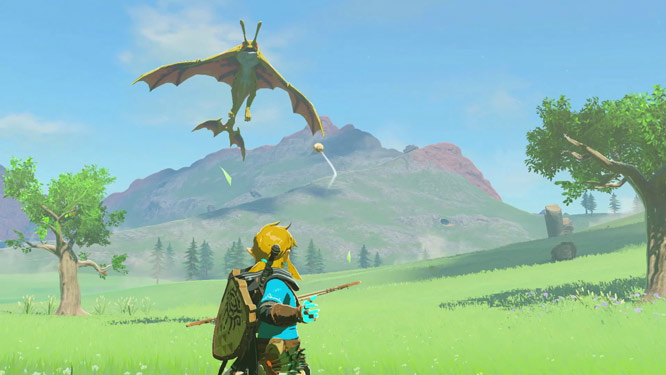
Some of the changes TOTK made include:
⦁ A new ability that lets you attach objects together, craft vehicles and much more.
⦁ Arrows are more plentiful and can be fused to a wide variety of items for various utility effects, giving Link more options for combat and puzzle-solving.
⦁ Weapons have less offense, and are still breakable, but be fused to many different objects to boost offense/durability, though this is not as convenient as fusing arrows.
⦁ There are more items, abilities and powerups in this game than in any other Zelda game. There are lots of clothing and armor sets that classic Zelda fans will love too.
⦁ More ways to traverse the overworld for those who don’t want to just climb (skydiving, an ability allowing you to vertically pass through walls, vehicles)
⦁ Much wider enemy variety. And boss battles are more varied; about as fun as they’ve ever been.
⦁ Due to the amount of abilities Link has, puzzles more often have multiple solutions. You can make some puzzles easier on yourself, or you can overthink it and come up with some really elaborate solutions.
⦁ Well over 100+ shrines (mini-dungeons), many of which have brand new kinds of puzzles not done before in Zelda games.
⦁ If you found BOTW lonely, you’re in luck. You can get companions to join you in fights.
⦁ In some ways, this game has a silly chaotic and playful tone to it, compared to BOTW. It’s nice to see some of the humor return to the franchise. It looks like the developers had a lot of fun experimenting and trying new ideas with this game.
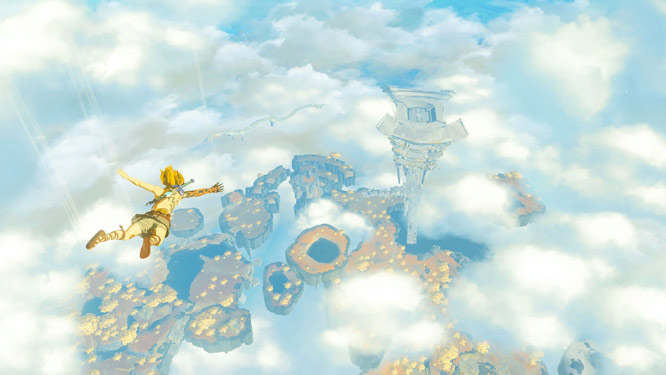
Overworld. The world is the same geographically as BOTW though most areas have some kind of modification or twist to keep it fresh, often defying your expectations. 2 new layers are added to this world. There are some sky islands, but they don’t have much content on them and mostly act as launching pads to the land overworld. And there’s a massive underworld that’s the same size as the land world, but it’s pitch-black and you need to activate a whopping 100+ light towers to illuminate all of it. There’s a lot to explore, though there’s not nearly as much visual variety or level design variety as there is in the main world. Most of it is optional though.
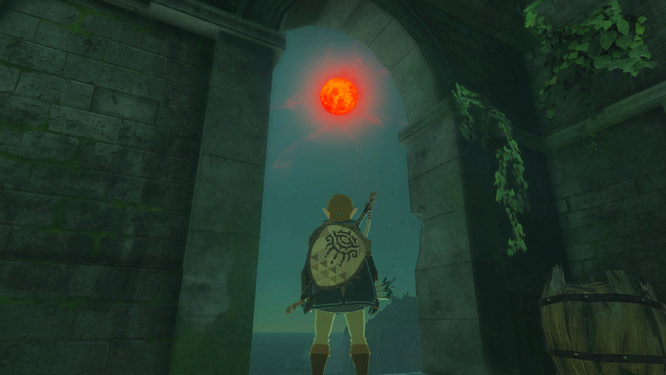
Story. The cutscenes and voice-acting are the most beautiful and energetic they’ve ever been in a Zelda game and it all comes together in an extremely epic and satisfying ending. This game convinced me that I want a Zelda anime. The main villain lacks depth from a writing standpoint, though flashy animations and Matt Mercer’s great performance make him memorable. This story and its supporting cast adds an emotional layer to it that was missing from BOTW. Most of the story is told through memories (which are excellent), though not much story is told through most of the parts of the main quest you actively participate in. So be sure to do the memories quests.
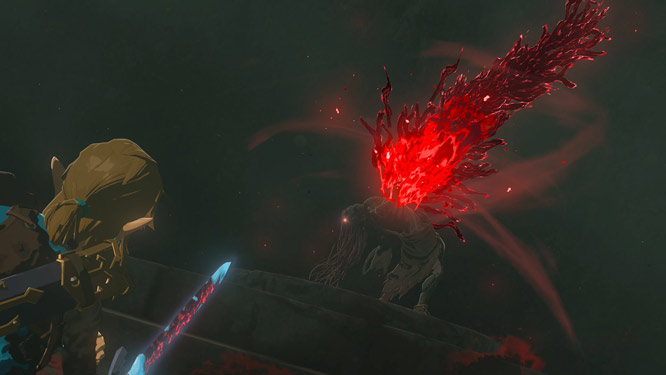
Main Dungeons. 2-3 of them feel complex and reminiscent of classic Zelda dungeons, and a significant improvement over the ones in BOTW. Where it’s not just about solving the puzzle, but figuring out the structure of the dungeon itself is the puzzle. Though 2 of them just feel like a collection of individual rooms and puzzles without much cohesion. Considering this game has many shrines and a big overworld, there’s more than enough puzzle-solving to be had.
Should you play this? If you love BOTW, absolutely. If you liked BOTW but felt like it had some weaknesses, then you’ll likely appreciate TOTK’s improvements. In general, this is an easy recommendation for any Switch owner who remotely is interested in adventure games. (You could play either BOTW or TOTK first; their stories are largely standalone)
The future of the Zelda series. With both BOTW and TOTK selling extremely well, it’s clear many people want the series to continue in this direction. TOTK pushes what BOTW did to the maximum and accomplished everything a sequel possibly could. It masters BOTW’s structure and marries with a lot of the content and story elements of classic Zelda games. It’s a big game, like a really really really big game. But bigger isn’t always better. What TOTK did worked great for TOTK, but for the future, I’d like to see something totally fresh; different – not bigger.
Nintendo will decide which of BOTW/TOTK’s mechanics they’ll keep as series staples, and which ones they’re willing to totally shake up when innovating in future entries. But with 2 smash hit games, I’m looking forward to seeing where they go next.

